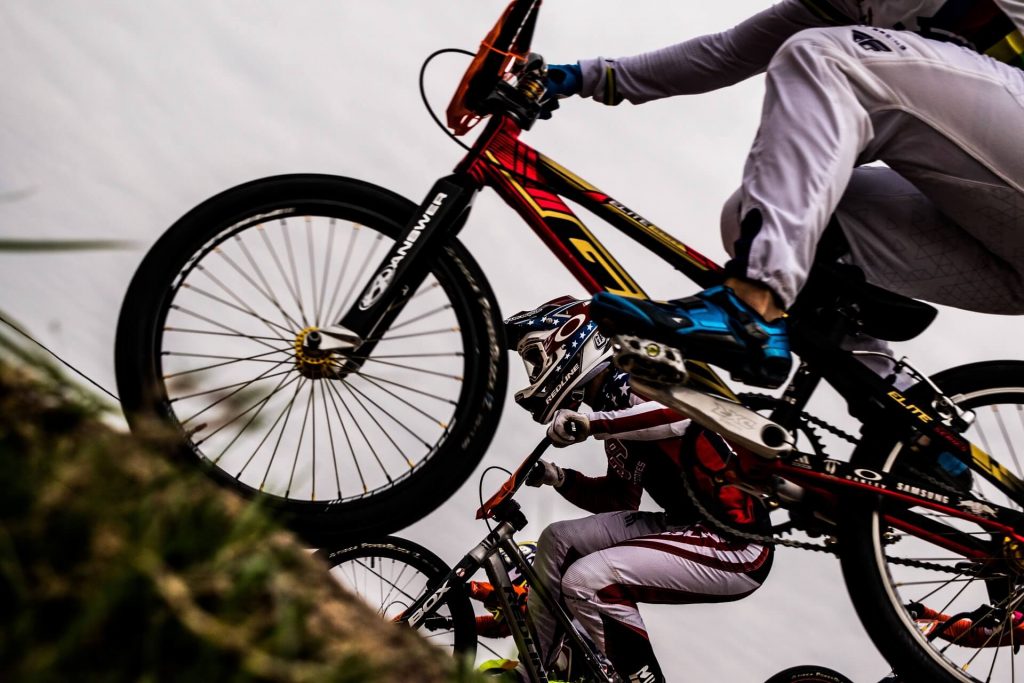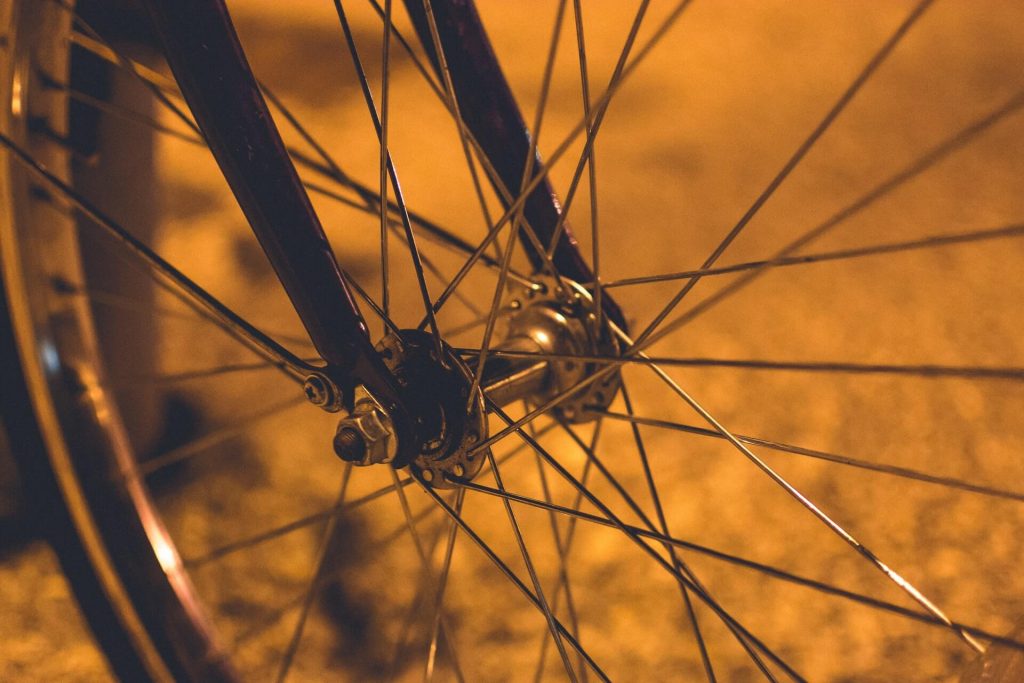If you’re reading this article, the chances are you’re looking to buy a new mountain bike. With so many choices out there, this process can quickly become overwhelming. There are so many questions and answers to take into account before finally making the big decision. In the end, it all comes down to your preferences. However, knowing what you want (or don’t want) beforehand can make this complicated business a bit simpler. Here’s everything you need to consider when searching for your perfect ride.
What Is a Mountain Bike?
Simply defined, a mountain bike is a bike that is specially designed to be ridden on off-road terrains such as mountains, deserts, or rocks. They are pretty similar to other types of bikes, but they mainly differ in durability and performance.
Mountain Bike Features
Mountain bikes are made to take on challenging terrain, and their design’s purpose is to provide comfort even through rough and rocky mountainous areas. Mountain bikes have unique features such as wide handlebars to improve control, larger tires with a bumpy tread to help with the grip, powerful brakes to handle steep descents, and shock absorbers to deal with bumps or obstacles. They usually have a light frame and durable wheels.
Types of Mountain Bikes
Whether you’re riding in the mountains for leisure or racing—there is a bike for every purpose. There are four main types of mountain bikes that you can choose from based on your needs and ambitions: Downhill (DH) Bikes, Trail Bikes, Enduro Bikes (All Mountain Bikes), and Cross Country Bikes (XC).
Downhill (DH) bikes
Downhill bikes are designed for steep, bumpy, gnarly, and technical mountainous terrain. These bikes are heavier and more rugged than other types of bikes. They have wider handlebars., thicker tires, and a lower saddle and are equipped with 200mm suspension and sharp brakes. They are usually used for racing because of their incredible speed. However, they are hard to pedal because of their heavyweight (18kg); therefore, they are not great for riding for a long period of time. But, if you like downhill riding or racing, downhill bikes are perfect for you.
Trail bikes
Trail mountain bikes are light, balanced, and perfectly appropriate for climbing or descending in any kind of terrain. Trail bikes offer more suspension, bigger tires, and bigger brake rotors, and they are comfortable even when dropping or jumping.
Enduro bikes
Enduro mountain bikes are named from the racing world, where only downhill sections are timed. These bikes are more capable of going uphill than downhill. They offer full suspension, and you can usually adjust the suspension on many Enduro bikes. They are used for longer rides since they are lighter than other types of mountain bikes, and they are also easier to ride uphill and faster to descend.
Cross Country bikes
Cross Country bikes are best for high speed and climbing. They perform great even in the roughest terrain. That is why they are usually used for riding or racing through the forests, fields, and various paths. They can have full or hardtail suspension. These bikes are fast and efficient, especially in mountainous areas. But, they are not as comfortable as other types of mountain bikes.
How to Choose a Mountain Bike?

Before buying your new mountain bike, you have to make sure that it is the right fit for you. First, you should think about what kind of bike you want, what you need from it, where and how you will use it, and what you like or dislike. Secondly, you should consider the material, components, weight, wheel size, suspension, and geometry.
Material
Look at the material of the frame and choose the one that you like. The most common material that riders prefer is aluminum alloy or carbon fiber. Aluminum alloy is durable and inexpensive, but some don’t go with it because it is heavier. On the other hand, carbon fiber is often lighter and stronger than aluminum alloy; but it isn’t as cheap or durable.
Components
Choosing your bike’s components mostly depends on your budget and preferences. Mountain bikes often come equipped with all parts, but you can also select the components you like. For instance, you can choose if you want rim or disc brakes. Rim brakes are the traditional type and they are lightweight and easy to maintain. Their weakness is that they slowly wear the rims and damage them, especially when ridden in wet conditions. On the other hand, disc brakes don’t wear rims and are also more durable in wet, muddy conditions. Because they last longer, they are more expensive than rim brakes.
Weight
The bike’s weight is a highly discussed topic among bike enthusiasts, and every rider should figure out what bike weight suits him best. Lighter bikes are usually preferred because they are faster, easier to maneuver, and easier to climb with. On the other hand, heavier bikes offer more support and stability but aren’t that fast or easy to ride (especially uphill). So, if you race or simply want more speed from your bike, go for a lighter bike. If you’re a beginner, weight doesn’t really matter, so just choose whatever you feel comfortable in.
Wheel size

Choose a wheel size that you like. It is best if you try different sizes and see which one feels better. The three common wheel sizes are 26”, 27.5”, and 29”. The smallest wheel size (26”) is nimble and easy to maneuver. Its con is that it doesn’t offer as much traction and stability over rough terrain as bigger wheel sizes. Most riders prefer the average 27.5”-wheel. These wheels are strong but lightweight, and they are easy to manage, even for young riders or children. The biggest size (the 29”-wheel) is more challenging to maneuver, but it is faster and offers perfect traction and stability.
Suspension travel
There are three main mountain bike suspension types. The first one is rigid suspension, which is the least common suspension. Rigid mountain bikes are cheaper and easier to maintain. Their downsides are that they are not that comfortable.
The other type is hardtail suspension. These bikes have only front suspension, which absorbs the impact on the front wheel. They are lightweight and efficient at climbing. However, hardtail suspension bikes do not perform well in rougher, gnarly terrain.
The last type is full suspension. Full suspension bikes have front and rear suspension. They are capable of absorbing big bumps over rough terrain. Their con is that the rear suspension makes the bikes heavier.
Geometry
Now we got to one of the most important and complicated aspects of a mountain bike; its geometry. Look at the shape, fit, and handling of the bike because they will influence your ride. Let’s start with the head angle. The head angle is the angle of the steering axis measured from horizontal. It mainly determines how a bike will handle. For mountainous terrain, you need a bike with a slack head angle. But remember that this type of head angle makes steering on flat ground harder.
Next comes the seat tube angle. The seat tubes on mountain bikes are getting much steeper in order to move the weight forward, so the front end stays planted on climbs.
Another essential part is reach. Reach numbers have gotten longer over the years too, but shorter reach will also work for mountains; so, it mainly depends on what you prefer.
Next up, trail; look at the contact between the tires and ground. Bikes with larger wheels have more contact with the ground, which increases stability in steep, sketchy terrain.
Finally, pay attention to the front center, rear center, and wheelbase. Their measurements have also extended so that you are more comfortable and stable when riding in rocky areas. But keep in mind that if these measurements are too long, you will likely find it difficult to maneuver your bike.
Hopefully, this guide has been helpful and informative. If you are still confused about what you’re looking for, head down to a bike shop and try out some bikes yourself.




